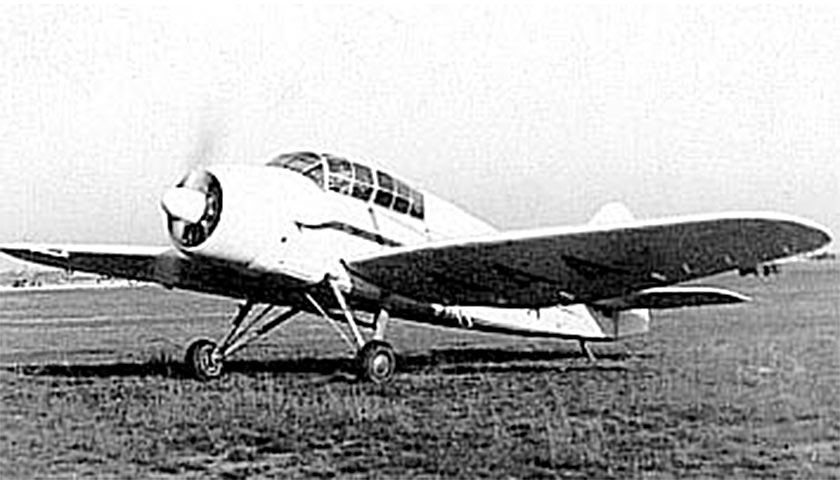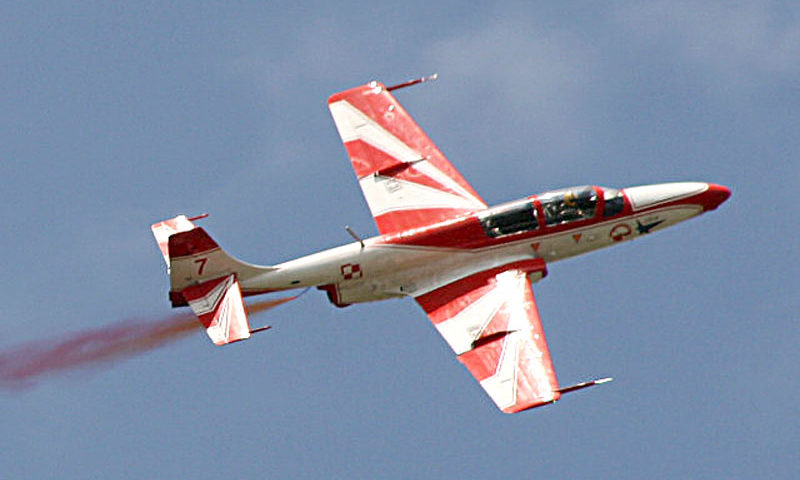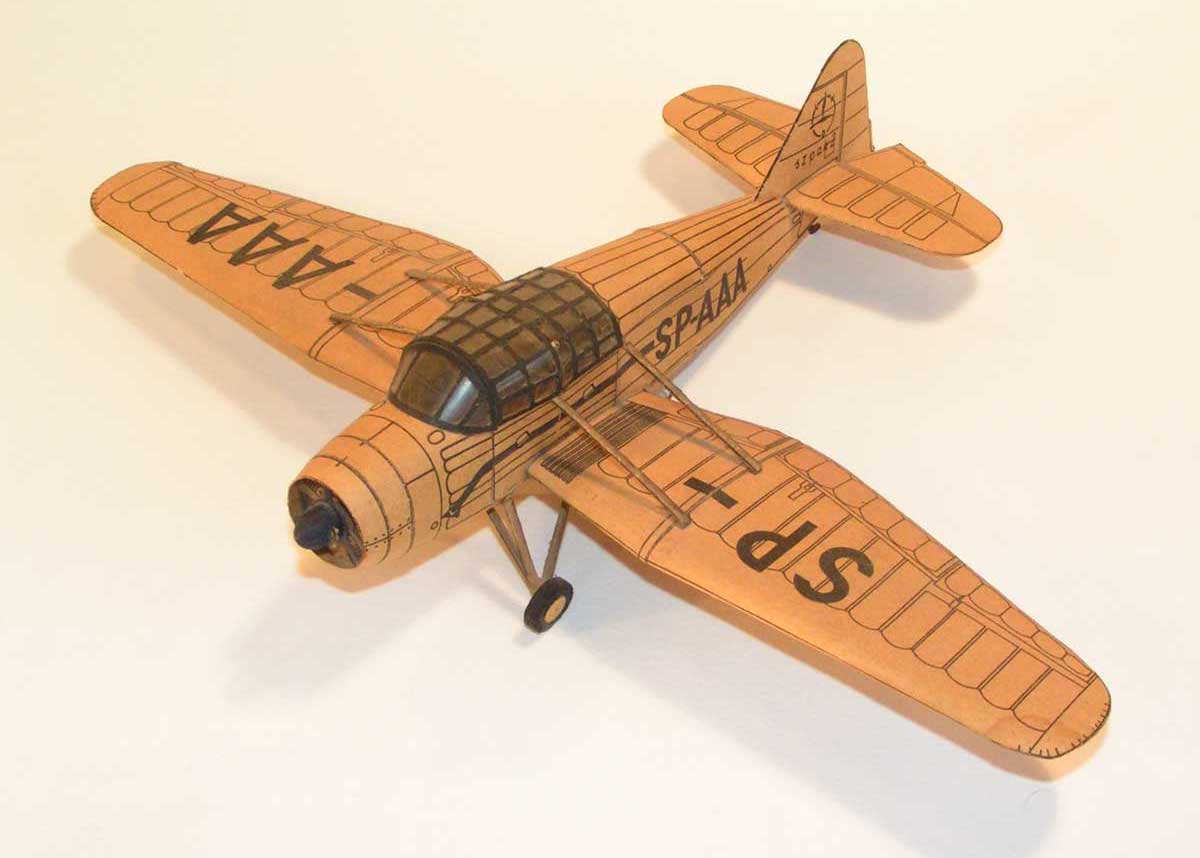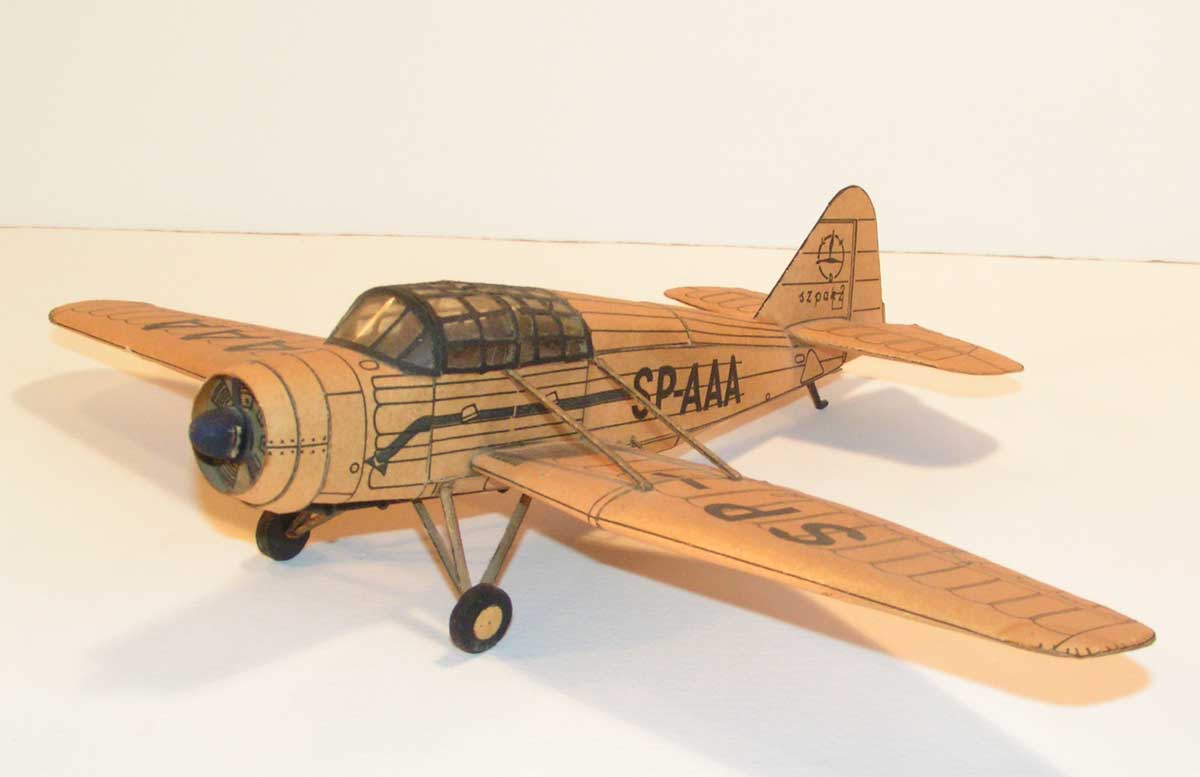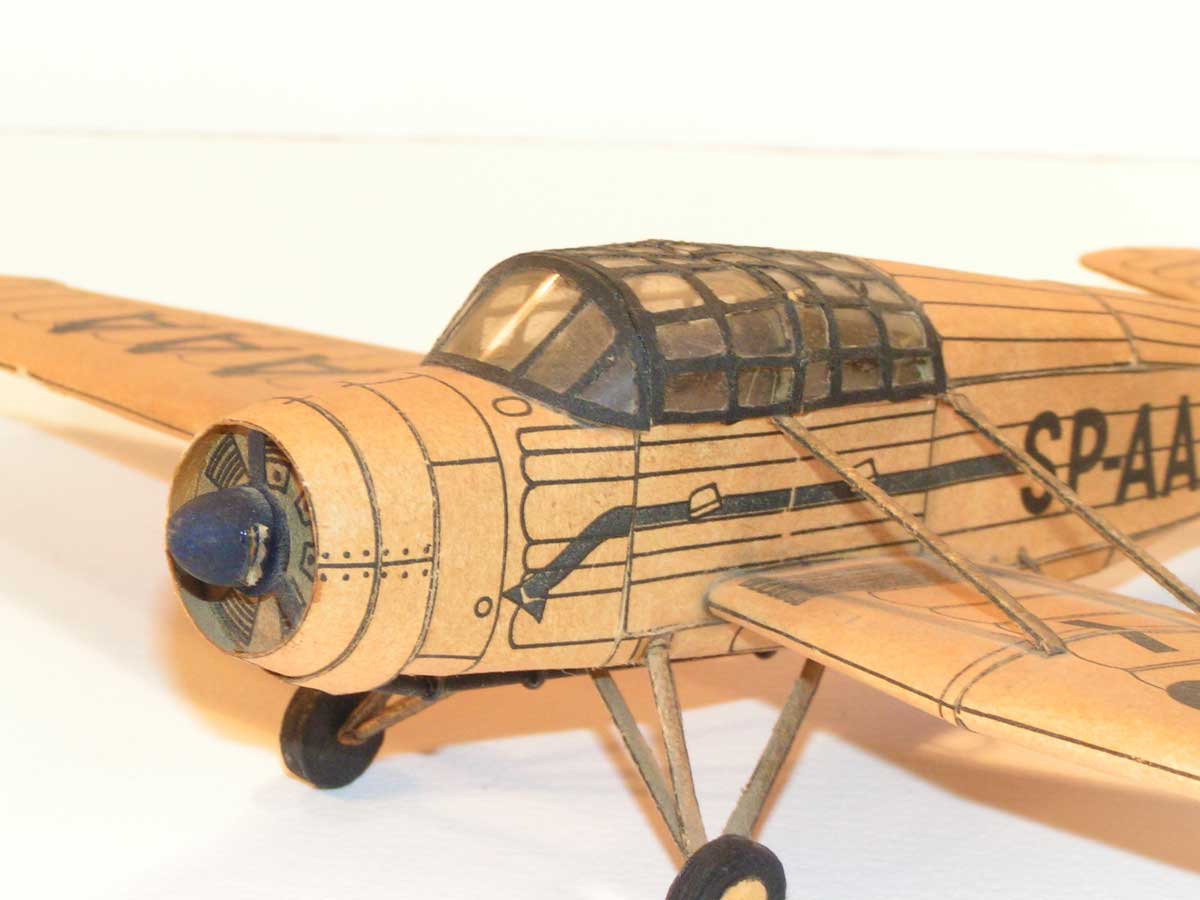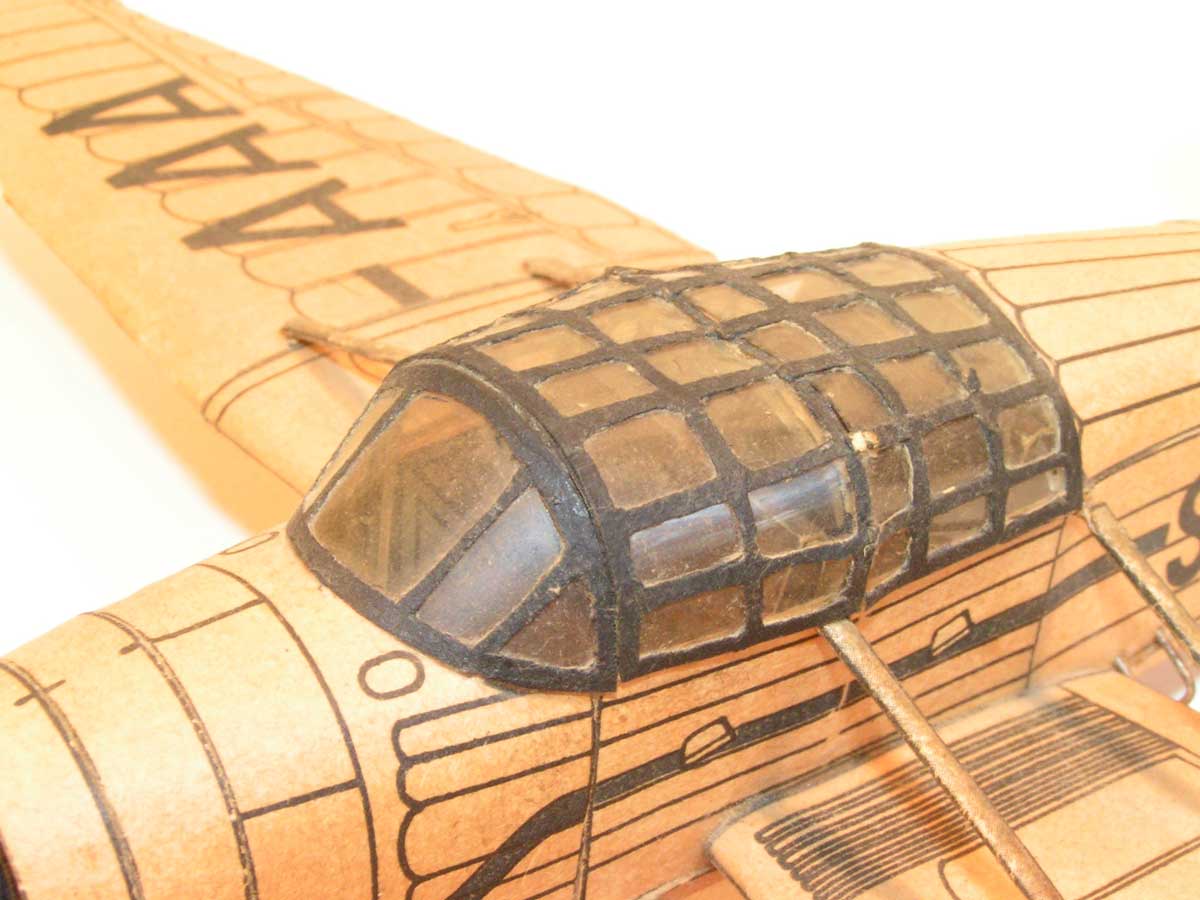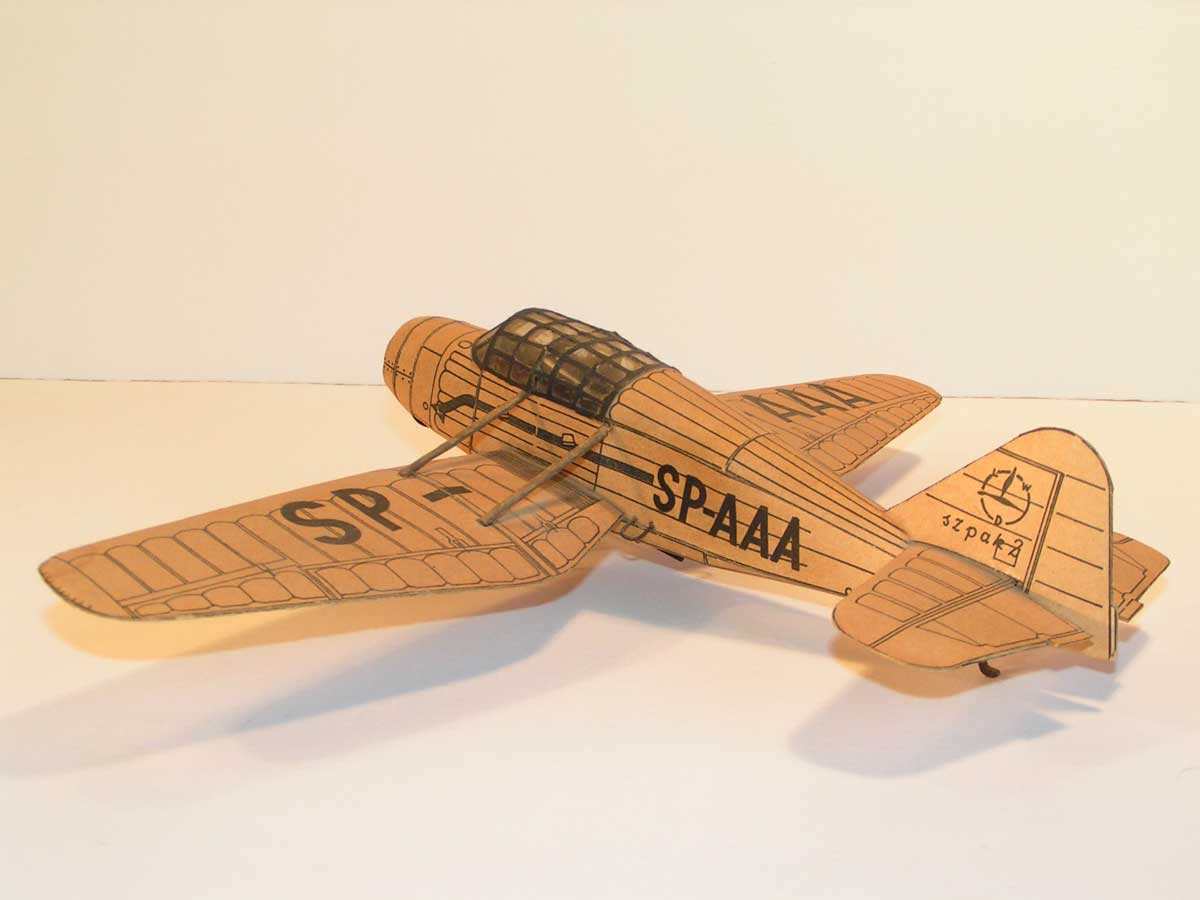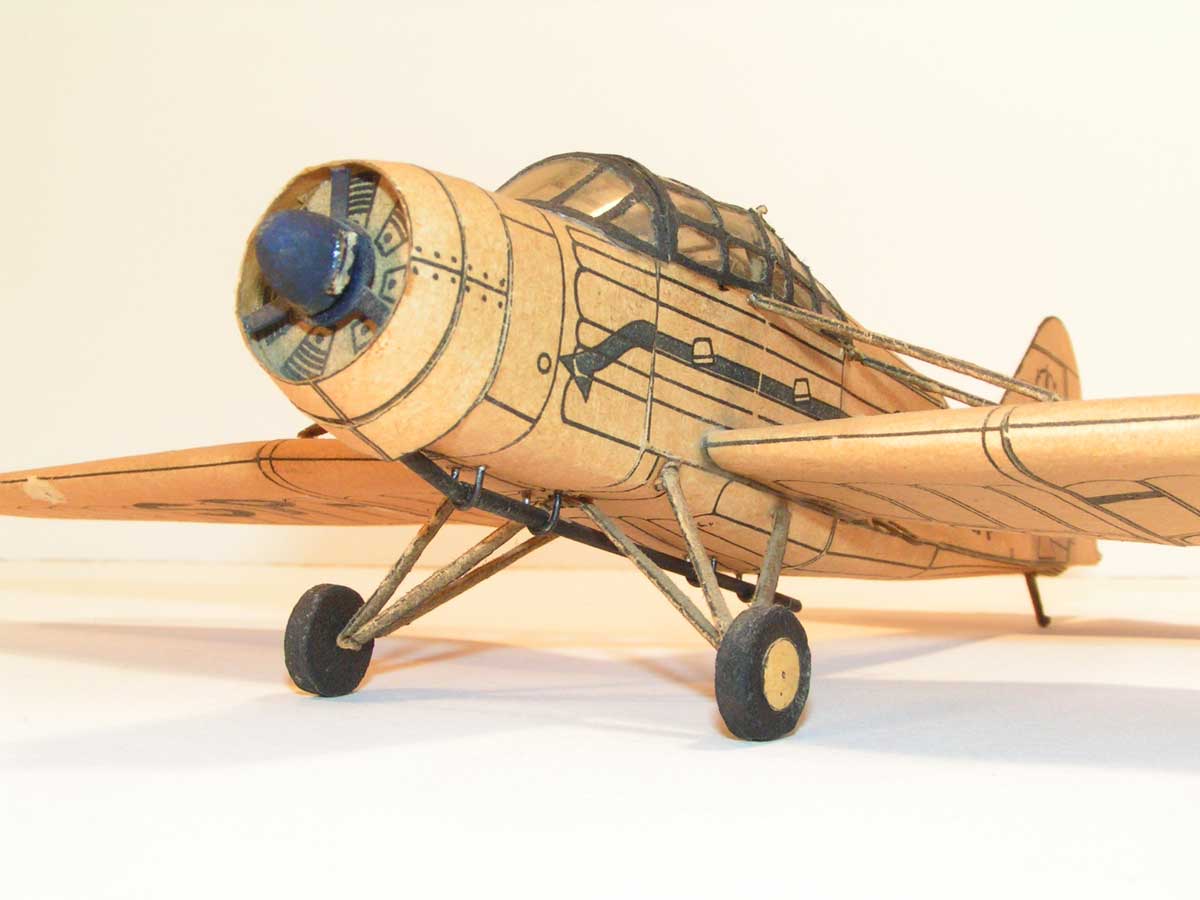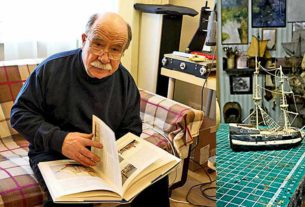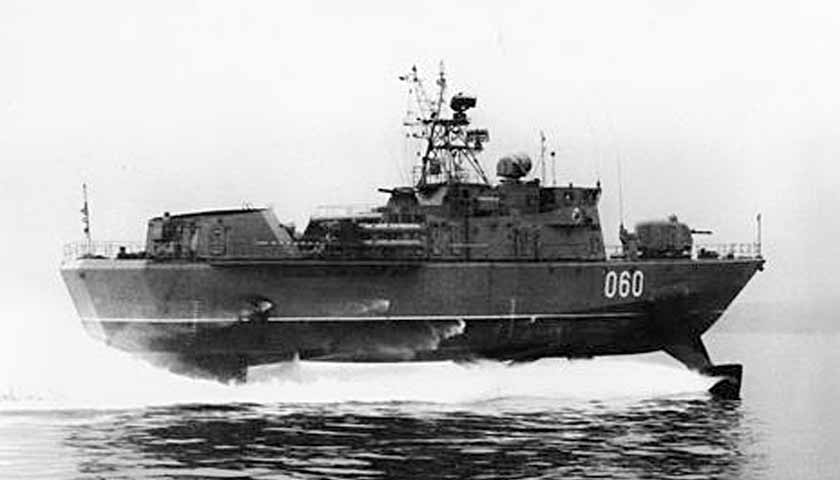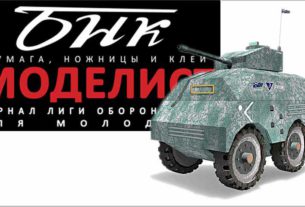After the end of WW2 fightings, in Lublin a group of designers led by engineer Tadeusz Soltyk began developing a project for a light multi-purpose aircraft for the needs of the Ministry of Communications. It was needed a light reconnaissance aircraft, easy to operate. An important point was the construction technology: there were no aviation materials in an almost completely destroyed country. Therefore, as always in such cases, the tree and the canvas helped out.
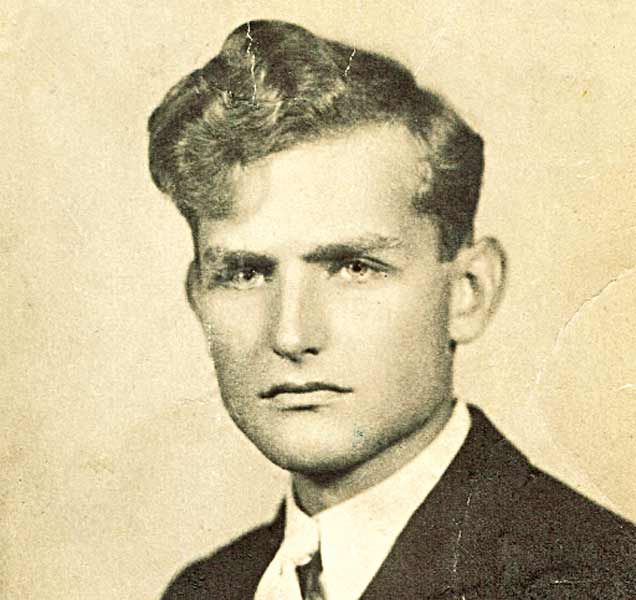
The design of the aircraft was simple, without complex mechanization. A wing with two spars was located at the bottom of the fuselage and was attached to the fuselage with four braces. German engine Bramo Sh-14A4 with a capacity of 160 h. p. was installed in the nose of the plane according to the usual scheme of single-engine aircraft of that time. Two-blade propeller was also wooden. The whole plane was covered with canvas. Thus was born the aviation company LWD (Experimental Aviation Workshops), which by that time had moved from Lublin to Lodz.
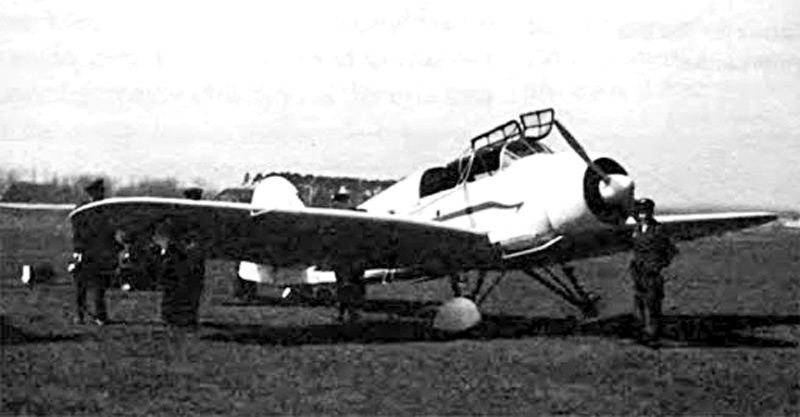
On October 28, 1945, the aircraft with the designation SP-AAA complete its first test flight and became the first Polish post-war aircraft. Soon, after a series of tests, the aircraft received a positive assessment and began its short-lived operation. In 1948, the plane was sent to the Museum of Technology.
Specifications Wingspan, m 11.32 The length of the aircraft, m 8.05 The height of the aircraft, m 2.40 Wing Area, m2 18.2 Weight kg empty plane 660 maximum take-off 1100 Maximum speed, km / h 197 Cruising speed, km / h 160 Practical range, km 670 Practical ceiling, m 4400 Take-off run, m 170 Distance to stop, m 107 Crew 1 Payload: 3 passengers
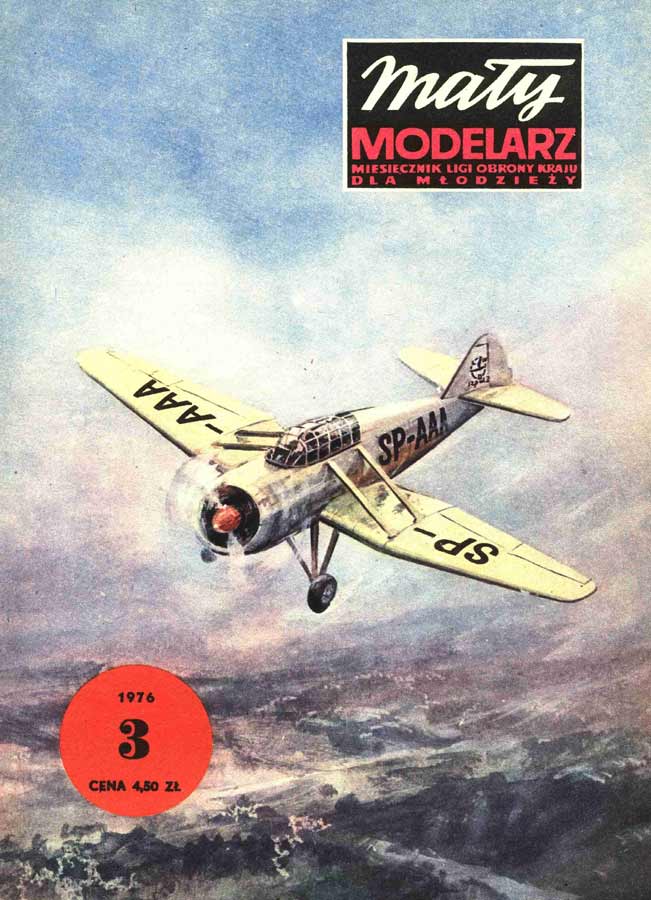
Model
I assembled the model in 1976. Like many models of the time, she was frankly simple. But at the same time, charming to a teenager.
At that time, Maly magazine was built into the whole system of parenting. He was arousing the imagination and gave the first impetus to the development of technical literacy.
Further it could possible to engage in modeling at a more serious level. There were many children’s technical clubs in all technical directions. After such preparation, it was possible to enter a technical university or college.

